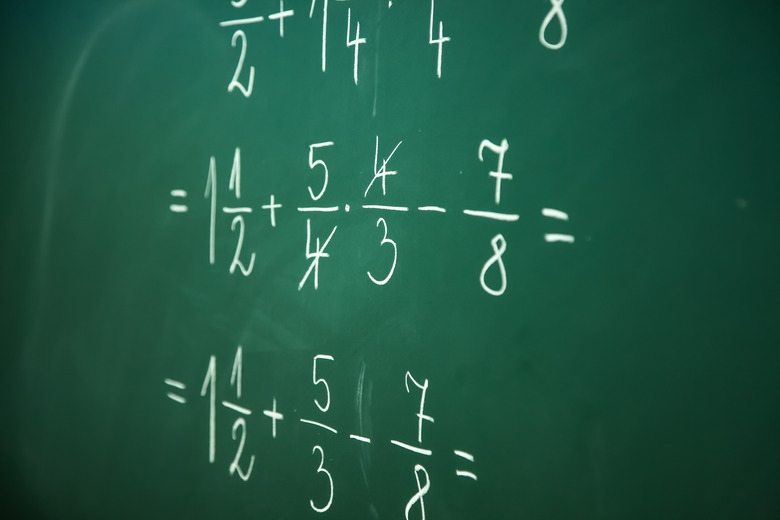Physical Address
Suite 5, 181 High Street,
Willoughby North NSW 2068
Physical Address
Suite 5, 181 High Street,
Willoughby North NSW 2068

Fractions consist of sets of numbers in which the top number (numerator) illustrates a part that is related to the whole unit, which is represented by the bottom number (denominator). A ratio is very similar to a fraction, in that it is composed of two numbers being compared to each other. You can write ratios are in fractional form, but they are traditionally expressed as a set of numbers divided by a colon symbol.
To understand the relationship between fractions and ratios, consider a pizza cut into six slices. If you only one slice has pepperoni, then you could say the pizza is 1/6 pepperoni. The ratio between pepperoni and non-pepperoni slices is 1:6.
To convert a fraction to a ratio, first write down the numerator, or top number. Second, write a colon. Thirdly, write down the denominator, or bottom number. For example, the fraction 1/6 can be written as the ratio 1:6.
If necessary, you can reduce the ratio after converting it from a fraction. For example, if you have the fraction 5/10, you can convert this to the ratio of 5:10. You can then divide both numbers by 5 to get a simplified ratio of 1:2. The ratio can also be written as “1 to 2.”